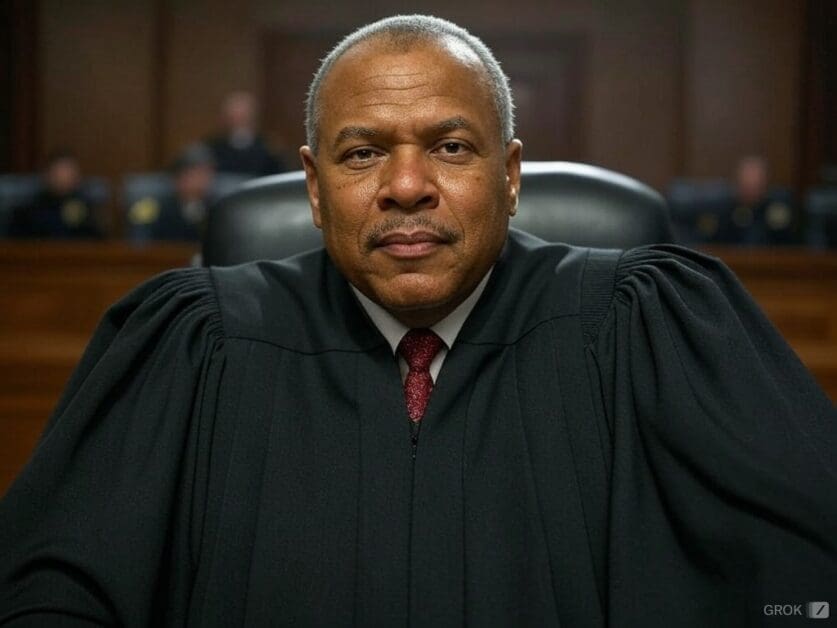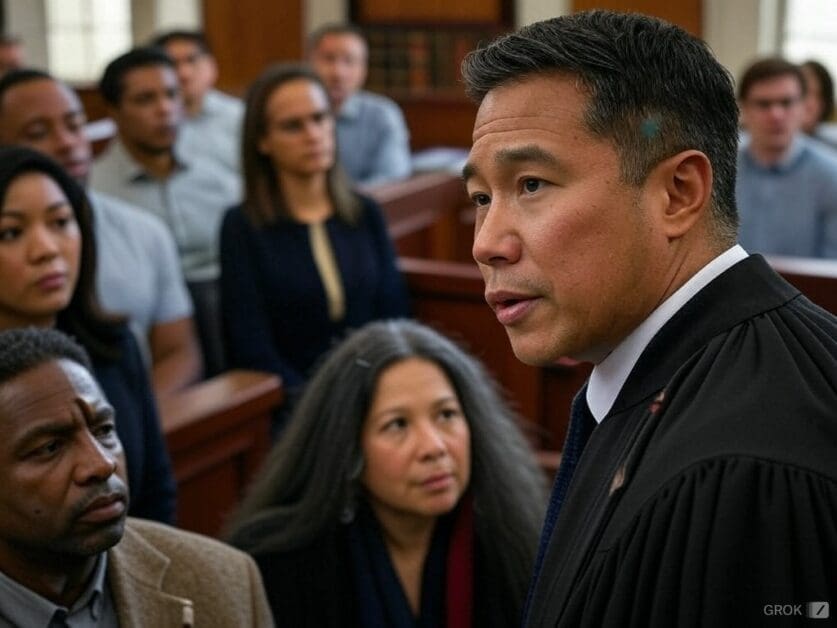Speedy Trial Rights: Timely Justice in Criminal Cases
The right to a speedy trial stands as a fundamental pillar of the American criminal justice system, enshrined in the Sixth Amendment of the United States Constitution. This constitutional guarantee serves not only to protect the interests of the accused but also to uphold the integrity of the judicial process and serve the broader societal […]
Speedy Trial Rights: Timely Justice in Criminal Cases Read More »









